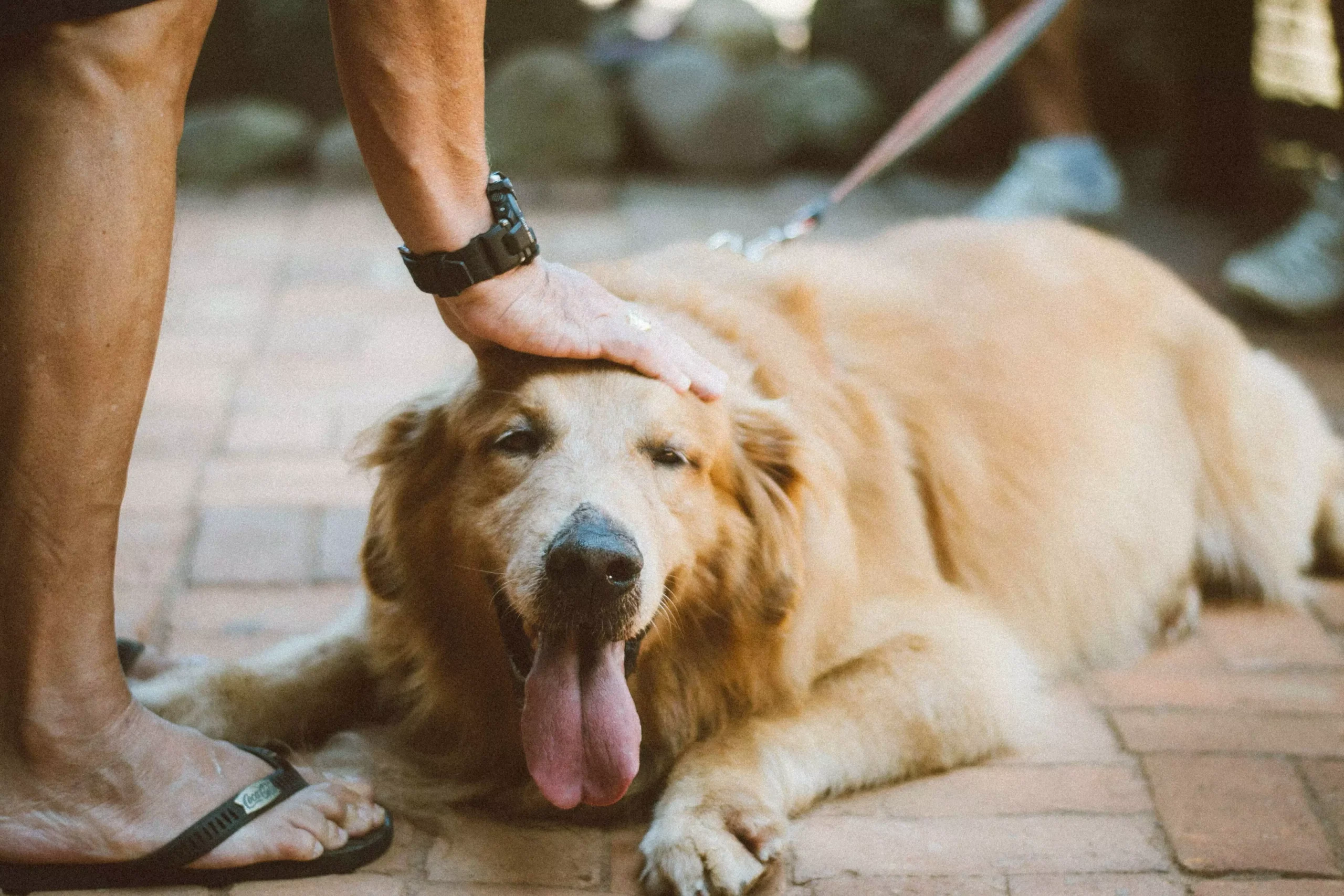*Dogs, just like humans, can experience anxiety and stress. Whether it’s caused by separation anxiety, loud noises, or other triggers, finding ways to calm our furry friends is essential for their well-being. One effective method to ease their anxiety is through the use of calming music or white noise. In this article, we will explore the benefits of utilizing these auditory techniques and provide you with practical tips on how to implement them for your anxious canine companion.*
**Benefits of Calming Music and White Noise for Dogs**
*Creating a Soothing Environment*
Creating a calming and safe space for your dog using auditory cues can help reduce their anxiety levels. Understanding how auditory stimuli can influence a dog’s emotions is crucial in this process. Calming music and white noise play a significant role in reducing anxiety levels by creating a soothing environment for dogs.
*Reduces Stress and Anxiety*
Music therapy has been scientifically proven to have a positive impact on reducing stress and anxiety in humans, and it can work similarly for dogs. Certain frequencies and rhythms in calming music and white noise can promote relaxation and have a calming effect on a dog’s nervous system. This makes calming music an excellent natural tool for reducing anxiety in dogs.
*Promotes Better Sleep and Rest*
Just like humans, dogs need quality sleep for their overall well-being. Soothing sounds, such as calming music or white noise, can help improve their sleep patterns. By incorporating calming music or white noise into your dog’s bedtime routine, you can establish a relaxing atmosphere that promotes better sleep and rest.
**Implementing Calming Music and White Noise Techniques**
*Choosing the Right Sounds*
When using calming music or white noise to reduce anxiety in dogs, it’s essential to identify the sounds that work best for your dog’s specific anxiety triggers. Explore different genres of music and types of white noise to find the ones that have the most calming effect on your pet. Factors such as tempo, instruments used, and volume should be considered when selecting the ideal auditory stimuli for your dog.
*Introducing Calming Sounds to Your Dog*
To introduce calming sounds to your dog, create positive associations by pairing the sounds with treats or relaxation activities. Gradual exposure is key to prevent overwhelming your dog. Observe their reactions and adjust the volume and intensity of the sounds accordingly. This will help your dog become accustomed to and find comfort in the calming music or white noise.
*Using Calming Music and White Noise During Stressful Situations*
Calming music or white noise can be particularly useful during stressful situations such as separation anxiety, noise phobia, vet visits, or car rides. Playing soothing sounds when leaving your dog alone can ease separation anxiety. Minimizing the impact of fireworks, thunderstorms, or other loud noises can be achieved by incorporating calming sounds. Similarly, playing calming music or white noise during vet visits or car rides can help keep your dog calm and relaxed.
**FAQs**
1. Can any type of music be used to calm my anxious dog?
While different dogs may respond differently to various types of music, it’s generally recommended to use calming, instrumental music with a slow tempo. Avoid music with loud or sudden changes in volume or rhythm.
2. How long should I play calming music or white noise for my dog?
The duration can vary depending on your dog’s needs and the specific situation. Start with shorter periods and gradually increase the duration if your dog responds positively.
3. Can calming music and white noise be used as a long-term solution for anxiety?
Calming music and white noise can be used as part of a comprehensive approach to managing anxiety in dogs. It’s important to address the underlying causes of anxiety and consult with a veterinarian or professional dog trainer for a long-term solution.
4. What are some signs that indicate my dog is responding positively to calming sounds?
Signs of a positive response to calming sounds may include relaxation, reduced pacing, decreased panting, and a lower heart rate. Each dog may show different signs, so it’s essential to observe your dog’s behavior.
5. Are there any potential drawbacks or side effects of using calming music or white noise for dogs?
In general, there are no known harmful side effects of using calming music or white noise for dogs. However, it’s important to monitor your dog’s reactions and discontinue use if any adverse effects occur.
Remember, every dog is unique, and what works for one may not work for another. It’s important to observe your dog’s reactions and consult with a veterinarian or professional dog trainer if needed. By incorporating calming music or white noise into your dog’s routine, you can help them find peace and relaxation in the midst of their anxiety.









